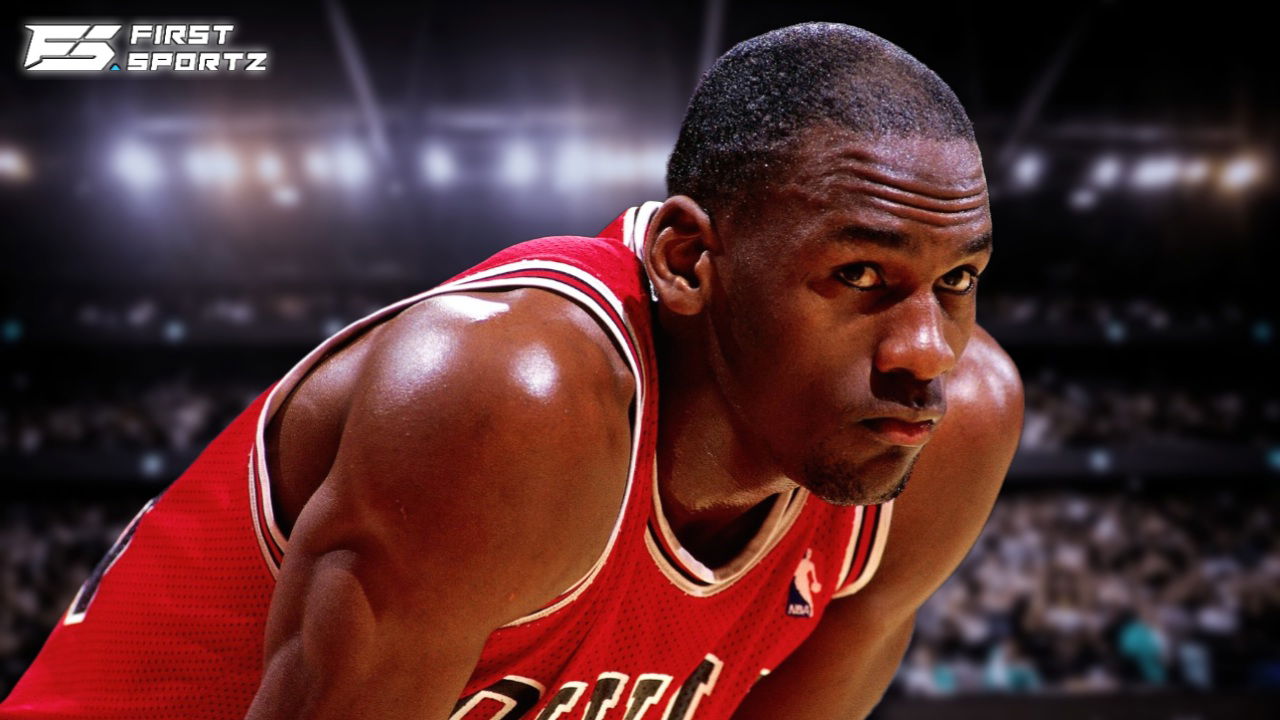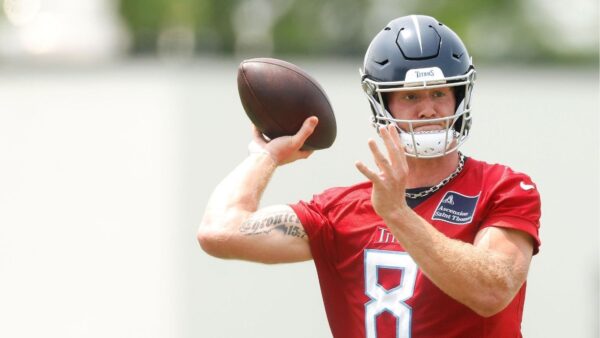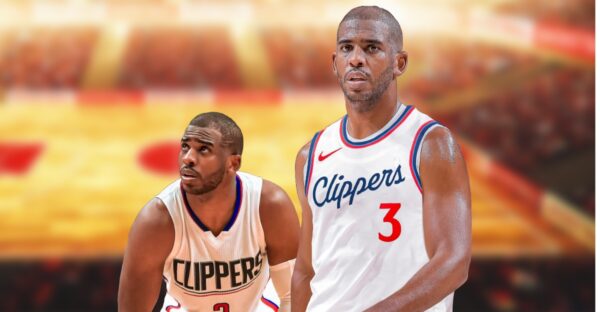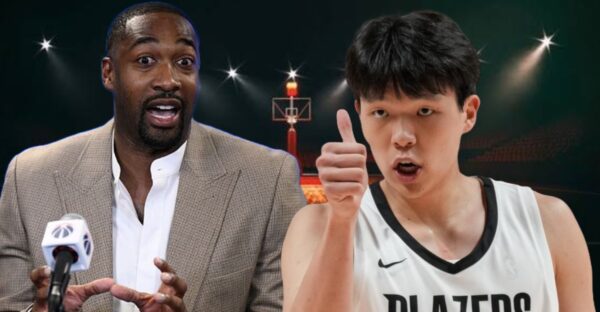When Michael Jordan stunned doctors with savage reply to career-ending warning
Michael Jordan suffered one major foot injury during his thirteen season Chicago Bulls career, missing 64 games.

Michael Jordan with the Chicago Bulls in 1986
🔍 Explore this post with:
Michael Jordan won six NBA titles as part of a stellar basketball career that has many considering him to be possibly the greatest of all time. However, the journey towards those six legacy-defining titles was not easy.
In his first three seasons with the Chicago Bulls, he did not make it past the first round of the playoffs. The first and third of those saw him play all eighty-two regular season games. But in his sophomore season, the then 22-year-old Jordan missed a lot of games.
In the third game of the 1985-86 season, he suffered a fractured navicular tarsal bone. During that time, medical science was not as advanced as it is today. He was initially advised that he would miss six weeks of basketball. But considering the treatment options in those days, that recovery extended.
Doctors advised the young superstar to forget about playing that season, else he could risk threatening his career. But the extremely competitive Jordan wanted to see the positive side and play. That is when Bulls owner Jerry Reinsdorf gave him this analogy.
You are not understanding the risk to reward ratio. If you had a terrible headache, and I gave you a bottle of pills. 9 pills would cure you and 1 of those would kill you, would you take a pill?
Jerry Reinsdorf said
To this Michael Jordan replied, as revealed on The Last Dance.
Depends how f***ing bad the headache is.
Michael Jordan said
(1986) Bulls management told MJ there was a 10% chance his foot injury could end his career if he played.
— JordanMuse (@JordanMuse_) April 1, 2025
“If you had a headache, and 9 pills would cure you but 1 would kill you—would you take one?”
Jordan replies:
“Depends how f—ing bad the headache is.” pic.twitter.com/VZ5otrWE55
Michael Jordan was insistent he was good to return as he felt he knew his body better than others. He wanted to play basketball that bad, and eventually the Bulls management allowed him to return on a minutes restriction.
Michael Jordan exploded against Celtics with still recovering broken foot
Michael Jordan missed 64 games that season. He returned to play in March but started playing just 13 minutes. The Chicago Bulls gradually increased his minutes, and he returned to near his usual numbers towards the end of the regular season.
His team finished with a 30-52 record but still made it to the playoffs. In the opening round series against the Boston Celtics, he was finally let loose. He played 43 minutes in the first game and scored 49 points. But in his next game, he played 53 minutes in a double overtime showdown.
In that game, he exploded for a then career high 63 points. But that statistic was not enough against Larry Bird and the Celtics. The Bulls then returned home and endured a third consecutive loss to end their playoff run.
After completely recovering from that foot injury, Michael Jordan returned the following season to net his first scoring champion award along with a place in the All-NBA first team. From that time onwards the legend of His Airness started to take shape.
Jordan missed just seven games in remaining Bulls career
Check any statistics page and one can see that Michael Jordan played eight full regular seasons during his thirteen-year career with the Chicago Bulls. This foot fracture season aside, Jordan essentially has missed a grand total of seven games.
He missed one in the 1988-89 season. Then missed two during his second championship run and four more during the third. He did play just 17 games in the 1994-95 season. But that is because he was officially retired prior to his famous ‘I’m back’ return.
In the next and what would be the final three seasons as a member of the Chicago Bulls, Michael Jordan played every single regular season game. Along with that, he also played every single playoff game to clinch the second of his three peats. His durability was a major factor in his legacy.







